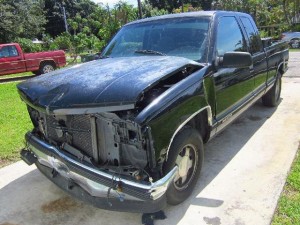 It is not unusual for employees to be injured in motor vehicle crashes while in the course and scope of performing their job duties. Such incidents implicate various types of insurance coverage.
It is not unusual for employees to be injured in motor vehicle crashes while in the course and scope of performing their job duties. Such incidents implicate various types of insurance coverage.
Regardless of fault, i.e., whether or not the employee caused the crash, injured employees should be covered by workers’ compensation, PIP, and health insurance (including Medicare). Workers’ compensation and PIP are primary over Medicare, meaning Medicare will expect workers’ compensation and PIP to pay before it does, and if it does pay, to be repaid from the proceeds of a workers’ compensation or personal injury settlement.
If the injured employee is not at-fault, he or she can pursue a civil remedy for damages against the at-fault driver and the vehicle owner if different than the driver. The funds for the recovery would come from the liable party’s bodily injury (BI) insurance coverage and/or personal assets.
In some instances, the liable party may not maintain bodily injury insurance or the BI coverage limits may not be enough to pay the full measure of damages. Florida offers an optional type of insurance coverage to protect the injured party under those situations. The type of coverage is known as uninsured and underinsured vehicle coverage (UM/UIM). The purpose of the insurance is “for the protection of persons insured thereunder who are legally entitled to recover damages from owners or operators of uninsured motor vehicles because of bodily injury, sickness, or disease, including death, resulting therefrom.” Section 627.727(1), Florida Statutes (2025). Basically, UM and UIM substitute for the inadequacies in coverage of the at-fault party.
 Florida Injury Attorney Blawg
Florida Injury Attorney Blawg


